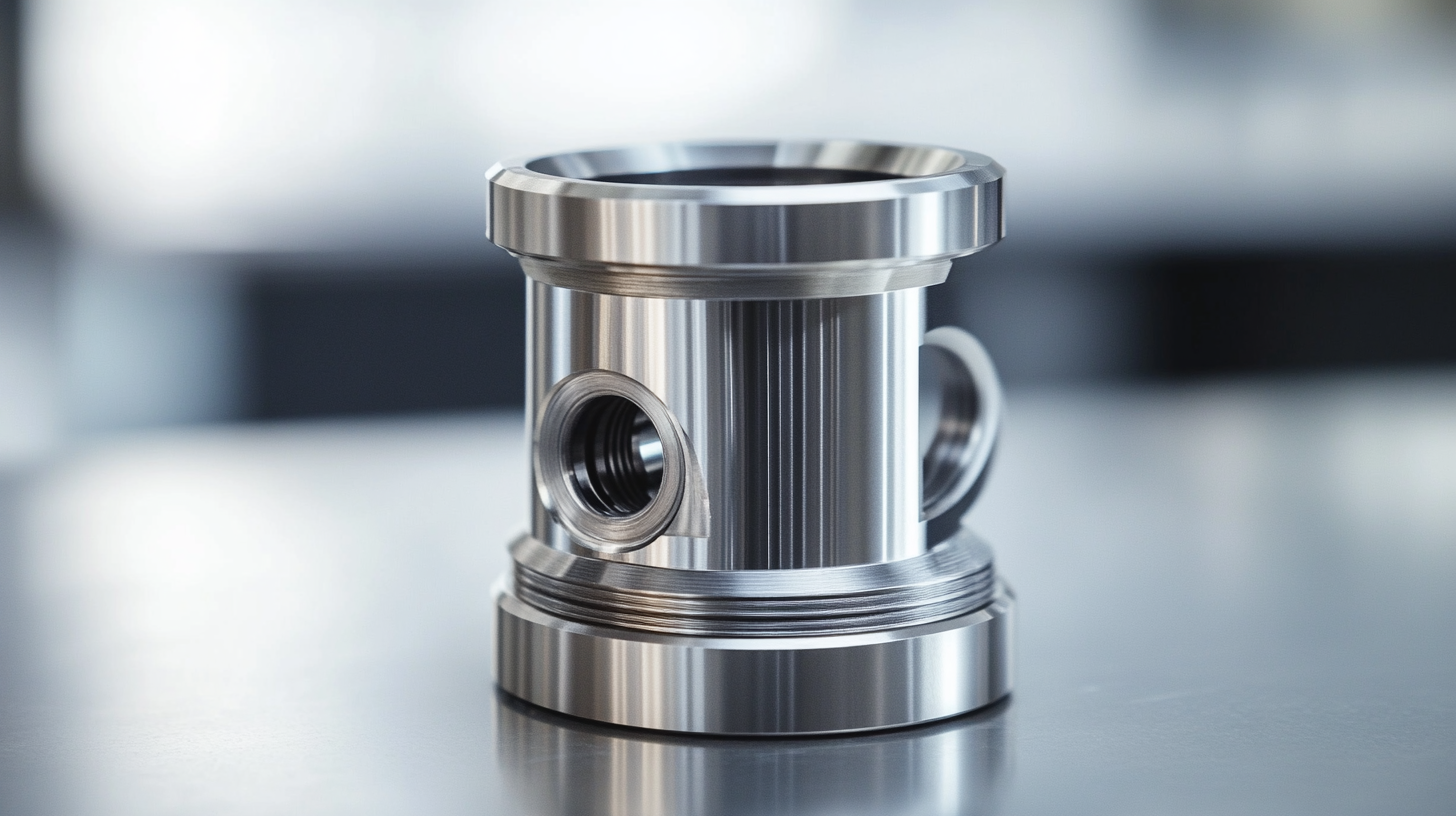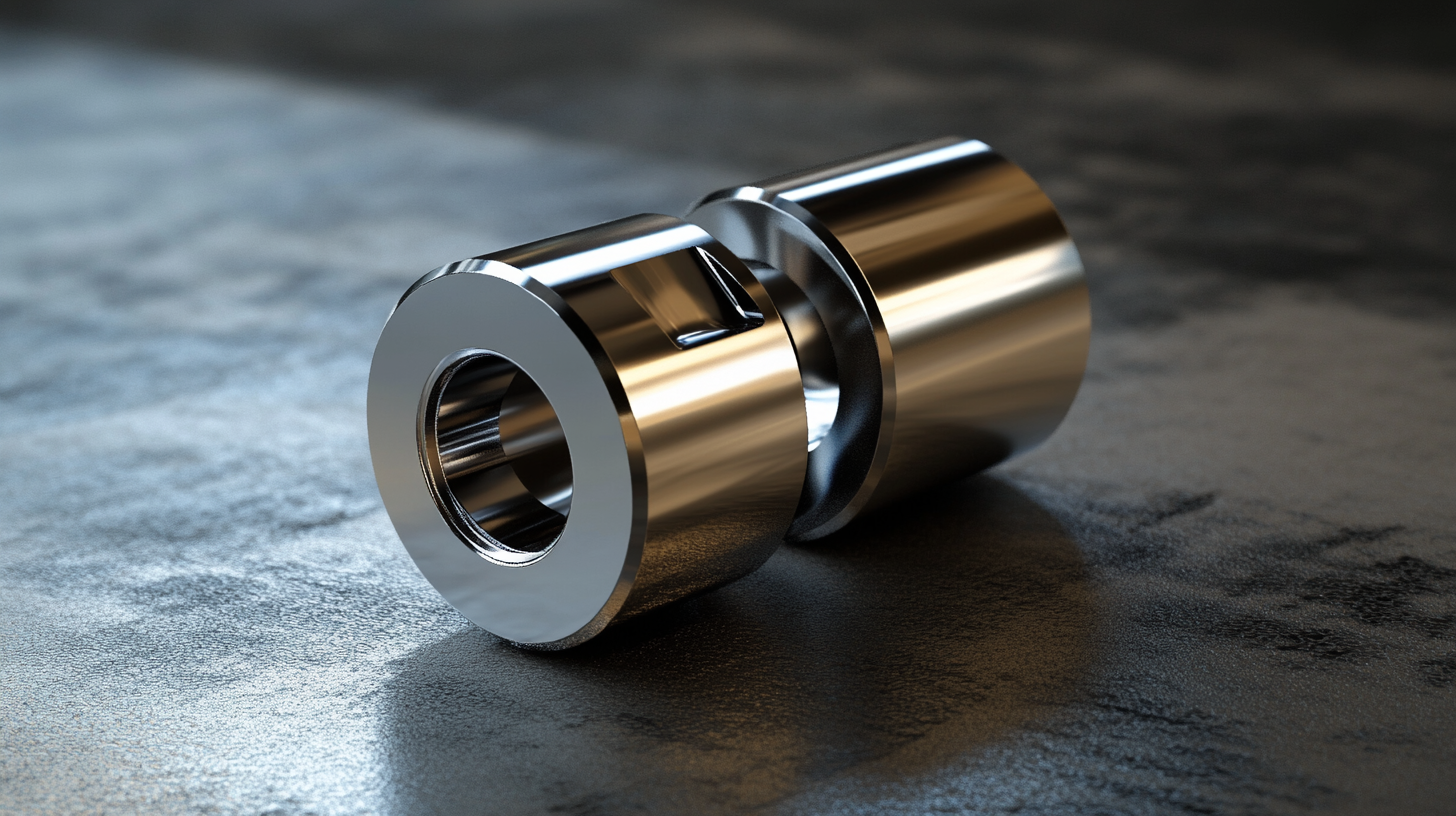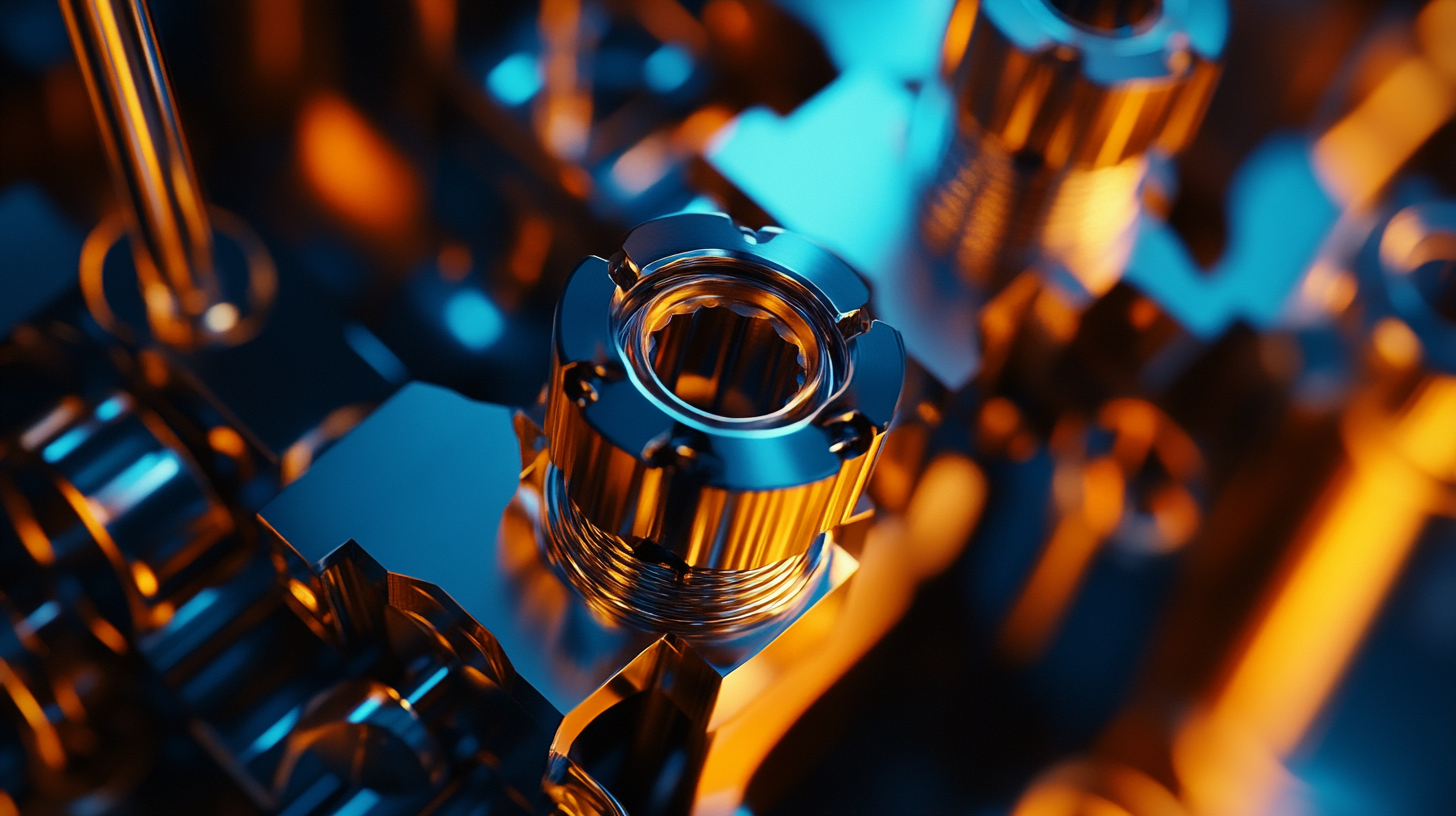
- sales@bjbod.com
- Mon - Sat at 7:00AM to 9:00PM

In the fast-evolving landscape of modern manufacturing, innovation is a key driver of efficiency and precision. One such innovation that has gained significant traction is the Pull Type Collet. This specialized tool is revolutionizing the way components are held in place during machining processes, offering unparalleled grip and stability. As manufacturers seek to optimize their operations, understanding the unique applications of the Pull Type Collet is crucial for enhancing productivity and ensuring superior outcomes.
The versatility of the Pull Type Collet extends across various industries, including aerospace, automotive, and electronics. Its design allows for a more secure clamping mechanism, which can lead to improved accuracy in part fabrication and reduced cycle times. This blog will explore the distinctive applications of Pull Type Collet, shedding light on how it can solve common challenges in manufacturing and highlighting its potential to drive future advancements in production techniques. Join us as we delve into the innovative uses and benefits of this essential tool in the realm of modern manufacturing.

The pull type collet has emerged as a game-changer in CNC machining, thanks to its innovative design features that enhance performance and efficiency. One of the standout characteristics of pull type collets is their ability to provide a more secure grip on the workpiece. Unlike traditional collets, which can slip under substantial torque, pull type collets use a symmetrical design to distribute forces evenly, ensuring that the workpiece remains firmly in place, even during high-speed operations. This feature not only improves precision but also extends tool life, making it an optimal choice for high-stakes manufacturing environments. Another notable aspect of pull type collets is their ease of use. Manufacturers appreciate the quick-change capability that these collets offer, allowing operators to interchange tools swiftly without the need for extensive setups. This time-saving feature significantly enhances productivity, particularly in environments that demand flexibility and rapid turnaround. Additionally, the ergonomic design reduces operator fatigue, promoting a safer and more efficient working environment. Furthermore, the materials used in the construction of pull type collets contribute to their superiority in modern manufacturing processes. High-strength alloys and advanced coatings ensure resilience against wear and tear, prolonging the collet's lifespan even in demanding applications. This durability translates into lower operational costs and higher output, solidifying the pull type collet's role as an indispensable tool in today's advanced CNC machining landscape.

In the modern manufacturing landscape, precision and accuracy are paramount, and the pull type collet plays a crucial role in achieving these goals. The design of pull type collets allows for a more stable and secure grip on tools, which is essential for high-performance machining operations. By providing a robust clamping mechanism, these collets minimize tool movement and enhance the overall integrity of the manufacturing process.
A noteworthy development in this area is the introduction of a zero pull-out collet designed for Weldon shanks. This innovative solution addresses common challenges faced during machining, such as tool slippage and vibration. The enhanced grip ensures that tools remain locked in place, reducing downtime and waste during production. With such advancements, manufacturers can achieve tighter tolerances and improved surface finishes, which are vital for high-stakes applications in industries ranging from aerospace to automotive.
Additionally, the versatility of pull type collets extends their application across various machining scenarios. Whether used in milling, drilling, or turning operations, these collets can accommodate different tool geometries and sizes, making them an invaluable asset in any manufacturing setup. As technology progresses, the role of pull type collets in enhancing precision will only become more pronounced, driving efficiency and quality in modern manufacturing processes.

In the aerospace industry, precision and efficiency are paramount, and the integration of pull-type collets in manufacturing processes has proven to be a game changer. These specialized collets offer significant advantages over traditional clamping methods, particularly in terms of reducing setup time and improving part accuracy. According to a recent report from McKinsey, manufacturers who have adopted advanced clamping technologies have seen a reduction in cycle times by up to 30%, leading to increased production capacity and lower operational costs.
The unique design of pull-type collets allows for consistent gripping of components, minimizing the risk of slippage during machining operations. This feature is particularly critical in the aerospace sector, where components must adhere to stringent tolerances and quality standards. A study from the Aerospace Industries Association highlighted that employing pull-type collets can enhance repeatability in manufacturing processes, thus improving the overall quality of aerospace components by 15%.
Additionally, pull-type collets facilitate easy changeovers, which is essential for aerospace manufacturers who often work on multiple projects simultaneously. The flexibility provided by these collets enables quick adaptation to various machining needs, making it possible to transition between different component productions seamlessly. In essence, the integration of pull-type collets not only optimizes manufacturing efficiency but also contributes to the safety and reliability of aerospace products, aligning with industry demands for innovation and performance.

In the realm of modern manufacturing, the cost-effectiveness of using pull type collets in high-volume production has increasingly drawn attention from industry professionals. These specialized tools not only offer precision in holding and machining processes but also significantly contribute to reducing operational costs. The design of pull type collets allows for efficient clamping with minimal force, ensuring that tools maintain their performance while minimizing wear and tear.
By implementing pull type collets, manufacturers can experience a notable decrease in cycle times. This fast and reliable engagement with tooling allows production lines to optimize their output without compromising on quality. Additionally, the ability to quickly interchange tooling provides flexibility that is essential in high-volume environments where time is money. The streamlined setup can result in fewer machine downtimes and an overall increase in productivity, making it a wise investment for manufacturers looking to maximize their profitability.
Moreover, pull type collets exhibit excellent stability, ensuring consistent part accuracy throughout the production run. This reliability reduces the likelihood of defects and rework, further driving down costs associated with waste and inefficiency. As manufacturing processes strive for continuous improvement, the cost-effectiveness of pull type collets highlights their essential role in achieving high production rates without sacrificing quality or safety. Embracing this technology may very well become a crucial strategy for manufacturers aiming to thrive in a competitive market.
In modern manufacturing, the integration of pull type collets with advanced materials has revolutionized machining processes, leading to enhanced precision and performance. Unlike traditional collets, pull type collets offer a unique design that secures workpieces more effectively under high-speed operations. By utilizing advanced materials such as carbon fiber composites or high-strength alloys, these collets are able to withstand greater forces and maintain stability, which is crucial for achieving tight tolerances in complex components.
Moreover, the combination of pull type collets with cutting-edge materials has opened up opportunities for lightweight and durable tooling solutions. For example, when manufacturers implement aluminum or titanium-based collets, they experience a significant reduction in overall weight without compromising strength. This is particularly beneficial in industries like aerospace and automotive, where every gram counts, and performance efficiency is paramount. Additionally, these materials contribute to lower wear rates, extending the lifespan of both the collets and the machinery, ultimately resulting in cost savings and increased productivity.
The versatility of pull type collets, when paired with advanced materials, allows for tailored solutions that meet the specific demands of various manufacturing applications. Innovative designs can be adapted to handle a wide range of part geometries, from intricate components to heavy-duty workpieces. As manufacturers continue to seek out ways to enhance their production capabilities, the evolution of pull type collets represents a significant step forward in achieving superior performance in today’s competitive landscape.